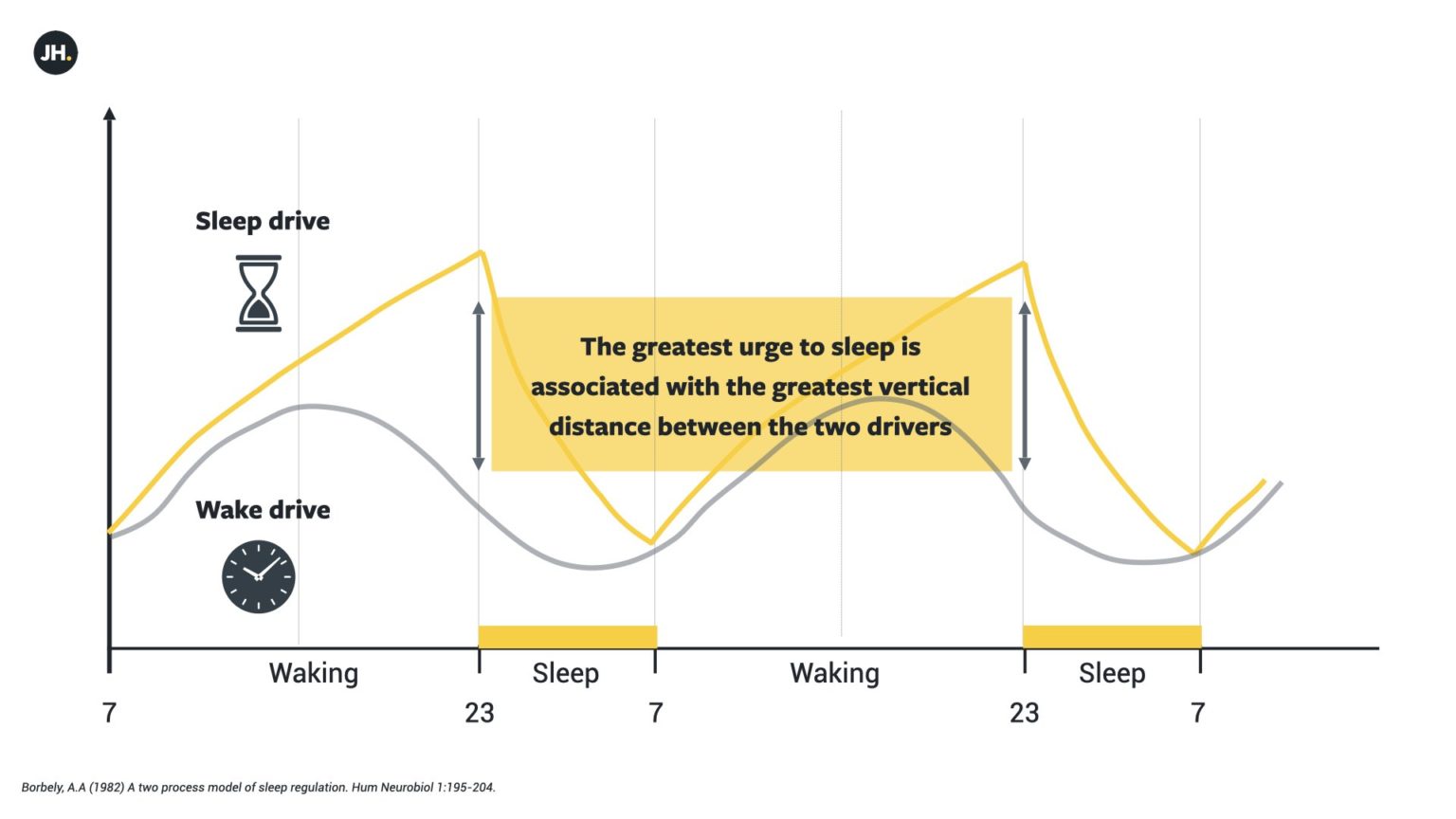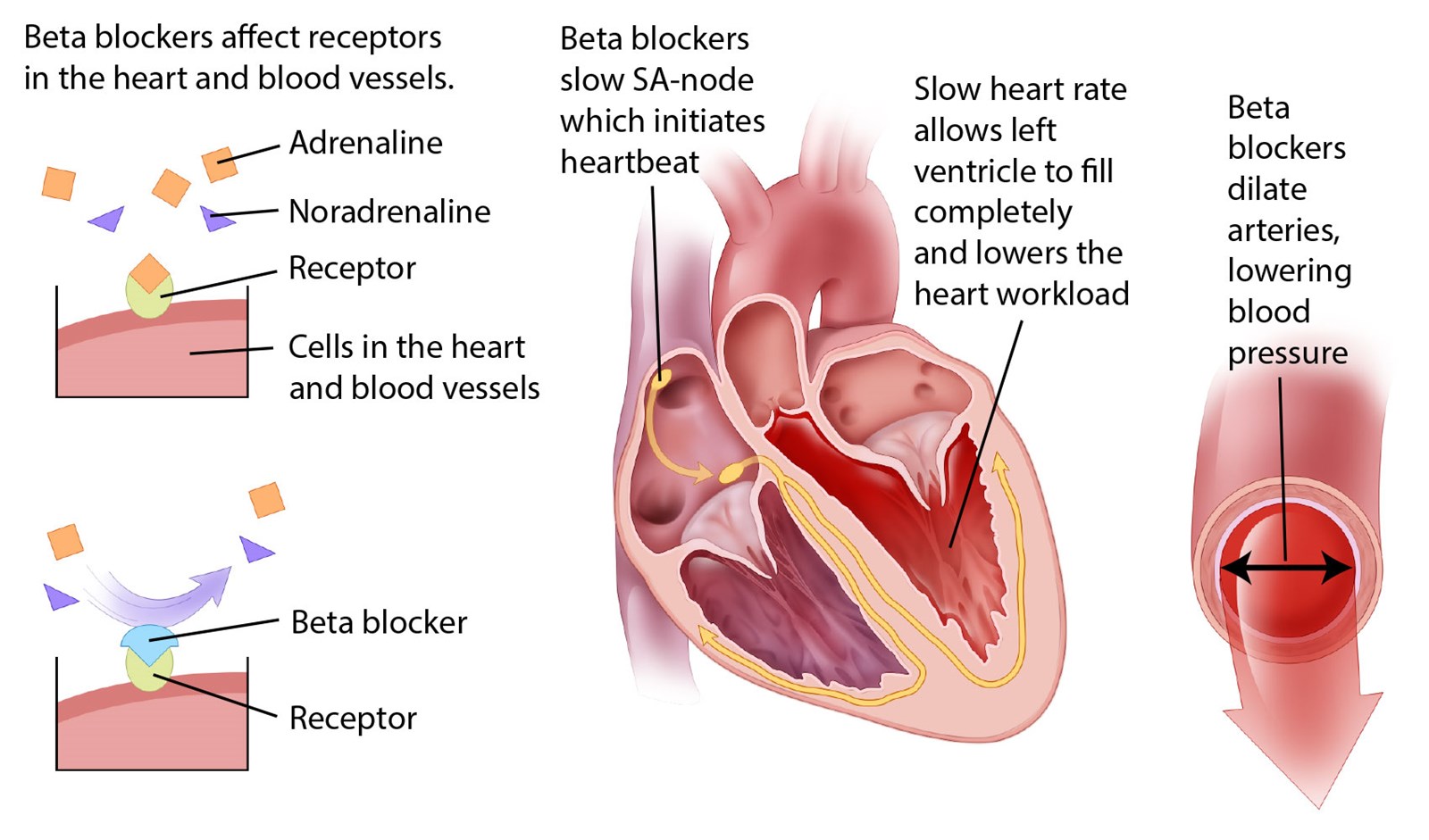Power naps – boost your productivity
Dear Friend,
I can’t believe how quickly August has flown by. I always anticipate this month because it’s my birthday, but this year hasn’t been the greatest. It probably didn’t help that I was on-call for most of the month. I’ve been trying to rationalize it by reminding myself that I’m now an IMT2, so hopefully, I’m in my final year as a medical SHO and won’t have to endure this rota again.
One thing that has always helped me cope with intense workloads—whether it was lectures during medical school or odd shift hours—has been taking naps. I’m fortunate to have developed the ability to fall asleep quickly almost anywhere and wake up just in time for my commitments. In fact, during university, I got so in tune with this rhythm that I sometimes didn’t set an alarm, trusting that I’d wake up when needed, whether it was a 30-minute nap or an hour.
This week, I decided to delve into the science of napping to understand its benefits better. It’s fascinating to see how much research exists in this area and why napping can significantly boost productivity. Let’s explore this further.
Patterns of Sleep & Wakefulness
Our sleep, wakefulness, and alertness patterns are controlled by two interactive processes. One can be likened to a chronometer—our body clock—which completes a cycle roughly every 24 hours. The other is more like an hourglass timer, functioning as a ‘metabolic meter.’ This hourglass fills up with ‘sleep pressure’ while we are awake and empties while we sleep. The longer we stay awake, the more this pressure builds up. Combined with the later phase of the circadian rhythm, this increased pressure makes us feel sleepier and less alert.
As we stay awake longer, our performance deteriorates due to the combined effects of our circadian rhythm’s later phases and rising sleep pressure. After being awake for 17–19 hours, which corresponds to around 10:30 PM to 1:00 AM, your reaction time slows by 50%, with accuracy similar to someone with a blood alcohol concentration who is drink driving.
Even with sufficient rest, our cognitive performance declines significantly by the end of the day. The impairment is even worse if we haven’t had enough sleep the previous night. However, even a brief nap can offer a significant and relatively long-lasting boost to cognitive performance.

The Science Behind Power Naps
Power napping is a scientifically supported technique for enhancing your health and performance. Research shows that naps can improve cognitive function, boost energy levels, and enhance mood.
While we sleep, our brains consolidate memories, process emotions, and remove toxins. A nap allows the brain to perform these tasks more efficiently in a shorter period, potentially improving memory, focus, and problem-solving skills. For example, a NASA study with military pilots found that a 26-minute nap improved their performance by 34% and increased alertness by 54%.
Napping also helps alleviate fatigue and enhances alertness, helping you remain productive throughout the day. When we lack sleep, our bodies produce excess cortisol, which can lead to feelings of anxiety and stress. Napping has been shown to reduce cortisol levels, improve mood, and lower stress.
To fully grasp the science of power naps, it’s important to understand the different stages of sleep. A typical adult sleep cycle consists of four main stages. The first two stages are light, non-rapid eye movement (NREM) sleep, during which heart rate, breathing, body temperature, and brain activity decrease. Since these are lighter stages of NREM, you can be easily awakened during them.
The third stage is deep NREM sleep, or slow-wave sleep, characterized by the lowest levels of brain activity, heart rate, and body temperature. Waking someone from this stage is more difficult compared to the earlier NREM stages.
The fourth and final stage is rapid eye movement (REM) sleep, marked by increased brain activity and erratic eye movements. Heart rate and respiration return to levels similar to when you’re awake, and dreams are more frequent. REM sleep usually starts about 90 minutes after falling asleep, with the first sleep cycles featuring more slow-wave sleep and subsequent cycles containing more REM sleep.
For an effective power nap, it’s crucial to avoid entering deep sleep, which occurs later in the NREM stages. Deep sleep, with its slower brain waves and reduced body temperature and heart rate, can leave you feeling groggy and disoriented if interrupted.
The timing and length of a power nap also impact its effectiveness. Research suggests that the optimal time for a power nap is early afternoon, around 1 or 2 p.m., when energy levels naturally dip. Napping later in the day or in the evening can interfere with nighttime sleep. The ideal duration for a power nap is approximately 20 minutes, as longer naps may lead to deeper sleep stages and sleep inertia.
Another factor to consider is adenosine, a chemical that builds up in the brain throughout the day and promotes sleepiness. Power naps can help counteract the effects of adenosine, making you feel more refreshed and alert.
Summary
I hope you found this information helpful. Next time you have a break between lectures, consider taking a nap instead of scrolling through your phone. Think of it as adding hours to your sleep bank (more on this concept another time).
Best of luck as you start the new academic year!
Drug of the week
Metoprolol
Metoprolol is a beta blocker, or an antagonist of the β-adrenergic receptors. It is specifically a selective antagonist of the β1-adrenergic receptor and has no intrinsic sympathomimetic acitvity.
It inhibits sympathetic stimulation of the heart to reduce both the heart rate and the force of contraction, reducing cardiac demand for oxygen.
It also has secondary effects of causing a sustained reduction in peripheral vascular resistance and inhibiting renin release.
It can be given orally or IV

A Brain Teaser
A 51-year-old woman presents to her GP with a 12-week history of bilateral hand pain and swollen knuckles. She experiences stiffness and pain in her hands upon waking, which improves over a few hours, and also reports pain in both wrists.
On examination, her metacarpophalangeal (MCP) joints are swollen and tender bilaterally. Pain is noted with hand and wrist movements, but no rashes are observed.
Which antibody test is most likely to confirm the suspected diagnosis?
A: Anti-Jo1
B: Anti-cyclic citrullinated peptide antibodies
C: Anti-dsDNA antibioties
D: Anti-neutrophil cytoplasmic antibodies (ANCA)
E: Rheumatoid factor
Answers
The answer is B – Anti-CCP antibodies
Anti-cyclic citrullinated peptide antibodies is correct. Anti-cyclic citrullinated peptide (anti-CCP ) antibodies are highly specific for diagnosing rheumatoid arthritis (RA). The patient’s symptoms, including bilateral hand pain, swollen knuckles, morning stiffness, and pain improving throughout the day, are classic for RA. Anti-CCP antibodies can help confirm the diagnosis as they are more specific to RA compared to other tests. While rheumatoid factor (RF) can also be positive in RA, it is less specific and can be found in other conditions or even in healthy individuals. Therefore, anti-CCP antibodies are the most reliable test for confirming RA in this patient. Specific tests are useful for confirming a diagnosis as they reflect the true negative rate of a condition (if a specific test is negative for a patient, they most likely do not have the disease and it is positive in very few diseases). Sensitive tests are useful for identifying those who may have the disease, but cannot confirm its presence, and is often used in screening (as they can be positive in many different diseases). A helpful way of remembering when to use either is SPin and SNout. SPecific is helpful for ruling in (confirming a diagnosis), SeNsitive is helpful for ruling out.
Anti-Jo1 antibodies is incorrect. Anti-Jo1 antibodies are associated with polymyositis and dermatomyositis, inflammatory myopathies that typically present with muscle weakness and possibly skin rashes. Since the patient’s symptoms are related to joint pain and stiffness rather than muscle involvement, this test would not be relevant for diagnosing RA.
Anti-double stranded DNA antibodies is incorrect. Anti-double stranded DNA antibodies are primarily used for diagnosing systemic lupus erythematosus, which often presents with joint pain alongside other systemic symptoms like rashes, renal involvement, and photosensitivity. The patient’s symptoms are more characteristic of RA, making this antibody test less relevant for confirming RA.
Anti-neutrophil cytoplasmic antibody (ANCA) is incorrect. ANCA are associated with vasculitis, such as granulomatosis with polyangiitis and microscopic polyangiitis, which typically present with systemic illness, renal involvement, and respiratory symptoms. These are not present in this patient’s case, making ANCA testing unsuitable for confirming RA.
Rheumatoid factor is incorrect. Rheumatoid factor (RF) is a common test for RA but lacks specificity. It can be positive in RA, but also in other conditions like Sjögren’s syndrome, systemic sclerosis, and infective endocarditis, or even in some healthy older individuals. Although RF is useful in supporting a diagnosis, anti-CCP antibodies are more specific for RA and thus more appropriate for confirming the diagnosis in this scenario. As mentioned above, a helpful way of remembering when to use either is SPin and SNout. SPecific is helpful for ruling in (confirming a diagnosis), SeNsitive is helpful for ruling out. RF is good for ruling out and anti-CCP is good for confirming the diagnosis.




